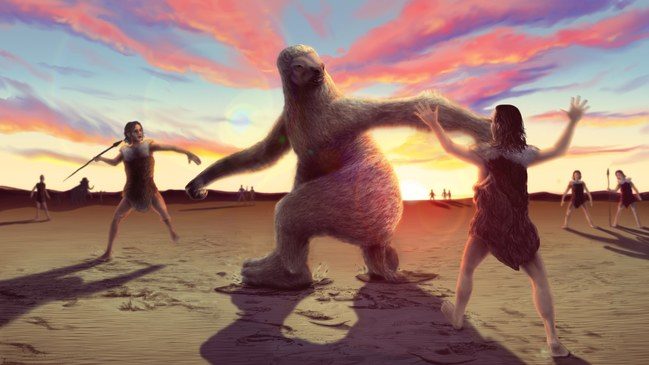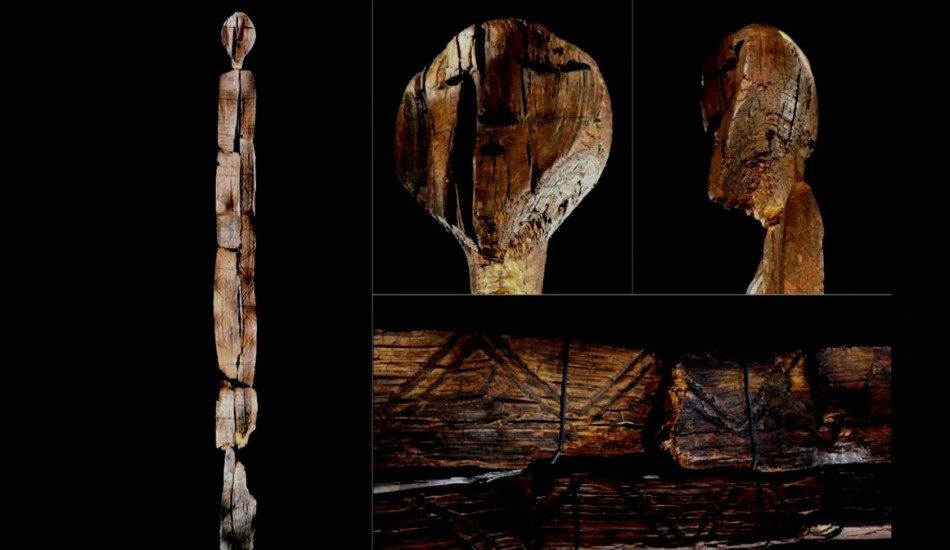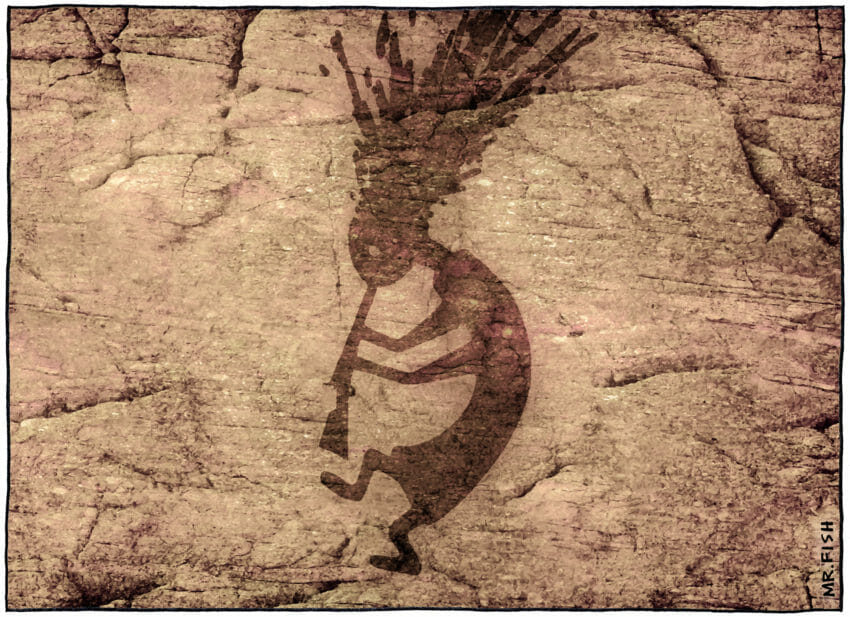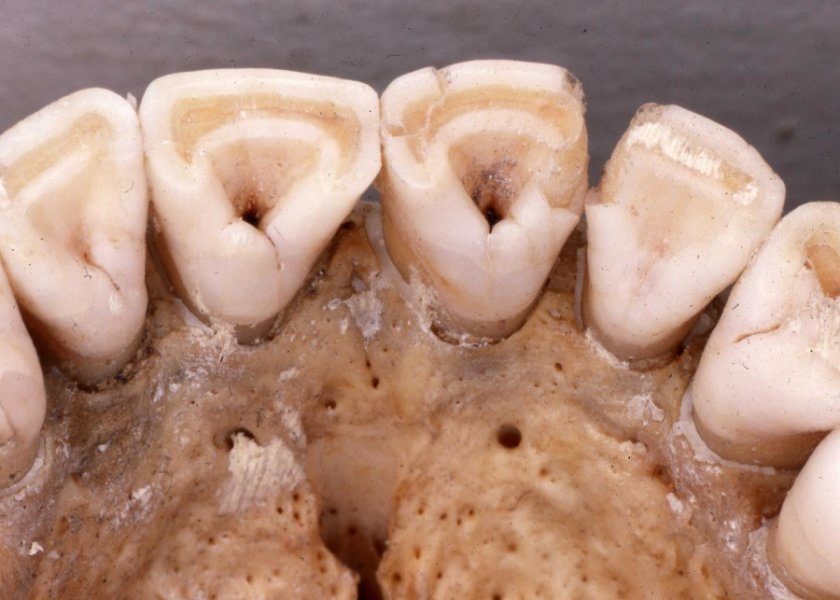
© Jason Lau/Stelida Naxos Archaeological ProjectAt Stelida on the Greek island of Naxos, researchers have found stone tools perhaps made by Neandertals.
Odysseus, who voyaged across the wine-dark seas of the Mediterranean in Homer's epic, may have had some astonishingly ancient forerunners. A decade ago, when excavators claimed to have found stone tools on the Greek island of Crete dating back at least 130,000 years, other archaeologists were stunned-and skeptical. But since then, at that site and others,
researchers have quietly built up a convincing case for Stone Age seafarers-and for the even more remarkable possibility that they were Neandertals, the extinct cousins of modern humans.The finds strongly suggest that the urge to go to sea, and the cognitive and technological means to do so, predates modern humans, says Alan Simmons, an archaeologist at the University of Nevada in Las Vegas who gave an overview of recent finds at a meeting here last week of the Society for American Archaeology. "The orthodoxy until pretty recently was that you don't have seafarers until the early Bronze Age," adds archaeologist John Cherry of Brown University, an initial skeptic. "Now we are talking about seafaring Neandertals. It's a pretty stunning change."
Scholars long thought that the capability to construct and victual a watercraft and then navigate it to a distant coast arrived only with advent of agriculture and animal domestication. The earliest known boat, found in the Netherlands, dates back only 10,000 years or so, and convincing evidence of sails only show up in Egypt's Old Kingdom around 2500 B.C.E. Not until 2000 B.C.E. is there physical evidence that sailors crossed the open ocean, from India to Arabia.
But a growing inventory of stone tools and the occasional bone scattered across Eurasia tells a radically different story. (Wooden boats and paddles don't typically survive the ages.) Early members of the human family such as
Homo erectus are now known to have crossed several kilometers of deep water more than a million years ago in Indonesia, to islands such as Flores and Sulawesi. Modern humans braved treacherous waters to reach Australia by 65,000 years ago. But in both cases, some archaeologists say early seafarers might have embarked by accident, perhaps swept out to sea by tsunamis.













Comment: The results aren't conclusive, because as the paper states timing is off and clearly much is open to interpretation - but if the meat was tasty, why wouldn't our ancestors have barbecued sloth?
For more on the happenings of that time, see: Of Flash Frozen Mammoths and Cosmic Catastrophes
Also See: